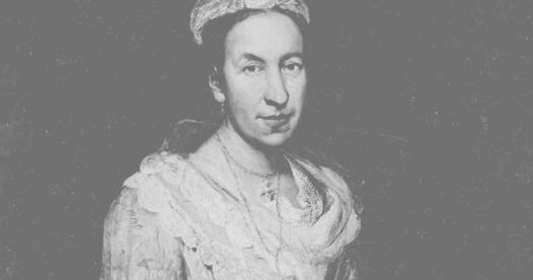

No response returned

Buenos Aires, Argentina — Argentine police raided a villa in a quiet seaside resort on Tuesday as part of a hunt for a 17th-century Italian portrait believed to have been looted 80 years ago from a Jewish collector by a fugitive Nazi officer who settled in Argentina after World War II.
The probe reopens a shadowy chapter in the history of this South American nation, which sheltered scores of Nazis who fled Europe to avoid prosecution for war crimes after World War II, including high-ranking party members and notorious architects of the Holocaust such as Adolf Eichmann.
Under the government of Argentine General Juan Perón, whose first tenure lasted from 1946 until his overthrow in 1955, from the other side of the world, including gold, bank deposits, paintings, sculptures and furnishings.
The fate of those items continues to make news decades later as the painful process of restitution drags along in Argentina and beyond.
In this case, the lost painting that Argentine authorities are after is "Portrait of a Lady," by Italian Baroque artist Giuseppe Vittore Ghislandi.
Reporters for the Dutch newspaper Algemeen Dagblad first spotted what appeared to be the famous painting on Monday in a real estate ad for a home believed to be owned by the descendants of Nazi fugitive Friedrich Kadgien, while searching for stolen artwork from the Netherlands.
Citing Dutch art experts, the Rotterdam-based paper reported that the original "Portrait of a Lady" appeared to be hanging above a green velvet sofa in the living room of a rustic brick chalet for sale in Argentina's coastal town of Mar del Plata.
The real estate agency, Robles Casas & Campos, didn't respond to a request for comment.
The house listing was still live late Tuesday but the image of the portrait, first seen in a 3D tour of the home's interior, appears to have been removed.
The following day, Argentine authorities raided the house.
Federal prosecutor Carlos Martínez told The Associated Press the painting wasn't found in the house, but officers seized "other items that could be useful for the investigation, such as weapons, some engravings, prints and period reproductions."
He said investigators are examining possible charges of concealment and smuggling.
The official Dutch database of missing WWII art, maintained by the Netherlands' Cultural Heritage Agency, identifies the oil-on-canvas "Portrait of a Lady" as belonging to Dutch Jewish art dealer Jacques Goudstikker before the Nazi takeover of his prominent Amsterdam gallery as Germany invaded the Netherlands in May 1940.
Through outright looting or coercive sales, agents acting on behalf of the Nazis made off with countless artworks from private Dutch-Jewish dealers. Goudstikker's inventory was sold illegally to Hermann Goering, known as Adolf Hitler's right-hand man.
Goudstikker's sole surviving heir, Marei von Saher, has long pursued restitution for her father-in-law's stolen works. In a landmark 2006 case, the Dutch government agreed to return 202 looted paintings from Goudstikker's collection to von Saher after a protracted legal battle.
Von Saher didn't immediately respond to a request for comment through her lawyers.
The Dutch archive lists "Portrait of a Lady" as having passed into the hands of a man named Kadgien from Berlin.
A search of the German Federal Archives records the existence of a only one Nazi party member with that surname: Friedrich Gustav Kadgien, membership No. 1,354,543, who oversaw foreign currency, precious metals and the sale of confiscated property as a financial aide to Goering.
Following Germany's defeat, Kadgien fled to Switzerland, then Argentina, according to a declassified report from the Central Intelligence Agency. Members of the Kadgien family and their business dealings show up repeatedly in Argentine judicial and property registries beginning in the 1950s.
Kadgien was never charged with crimes related to the Nazi regime during decades in Argentina.
He died in 1978 in Buenos Aires, according to local media reports.





